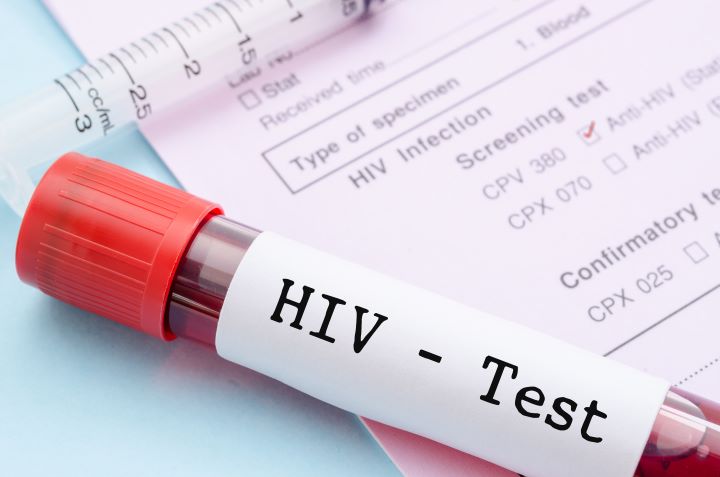Blood tests are a routine tool used by clinicians to measure components in the bloodstream that reflect how organs and tissues are functioning. They can screen for conditions, monitor chronic disease, and provide early clues about issues such as infection, inflammation, or changes in organ function that affect overall health. Understanding what a blood test measures and how results are interpreted helps patients have informed conversations with their healthcare providers.
This article is for informational purposes only and should not be considered medical advice. Please consult a qualified healthcare professional for personalized guidance and treatment. A blood test is a laboratory analysis of a sample taken from a vein or finger prick. Common panels include complete blood counts, metabolic panels, and specific marker tests. Results show levels of cells, electrolytes, enzymes, proteins, hormones, or antigens. Providers choose tests based on symptoms, screening needs, or to monitor treatments. Turnaround times vary from minutes (point-of-care) to days (specialized assays), and results are interpreted alongside clinical context and medical history.

What is PSA and why relate to prostate?
PSA stands for prostate-specific antigen, a protein produced by prostate cells that can be measured with a blood test. Elevated PSA may reflect changes in the prostate, including benign enlargement (benign prostatic hyperplasia), inflammation (prostatitis), or the presence of prostate cancer. PSA is not specific for cancer, so an elevated value prompts further evaluation rather than a definitive diagnosis. Clinicians consider PSA level alongside age, prostate exam findings, symptoms, and risk factors when making recommendations.
When should you consider a PSA blood test?
Guidance on PSA testing varies by health organizations and individual risk. Men with higher risk—such as a family history of prostate cancer or certain ethnic backgrounds—may discuss earlier or more frequent testing with their clinician. Decisions also factor in life expectancy and personal preferences about the benefits and risks of screening. Because recommendations vary, discussing potential outcomes of a PSA blood test, including false positives and downstream procedures, is important before testing.
Can blood tests detect cancer?
Some blood tests measure tumor markers or signals that can suggest the presence of cancer, but most cannot confirm cancer on their own. PSA can indicate possible prostate abnormalities, while other tests (e.g., CA-125, CEA) are used in specific contexts. A suspicious blood test typically leads to imaging, repeat testing, or tissue biopsy to make a definitive diagnosis. Blood tests are useful for screening, monitoring treatment response, and checking for recurrence, but they are only one part of a comprehensive diagnostic process.
How do blood tests fit into overall health checks?
Blood tests are integral to preventive care and chronic disease management. Routine panels assess liver and kidney function, blood sugar, cholesterol, and blood counts—markers that affect long-term health. Incorporating prostate-specific testing like PSA into broader health assessments helps providers balance cancer screening with cardiovascular, metabolic, and other risks. Discussing the purpose of each test helps patients understand how results inform lifestyle changes, medication choices, or further evaluation.
How to prepare for and interpret blood test results?
Preparation depends on the test: fasting is often required for lipid or glucose testing; medications and recent activities can affect results. For PSA specifically, clinicians may advise avoiding ejaculation, vigorous cycling, or prostate manipulation for 24–48 hours before a sample because these can transiently raise values; certain medications (for example, 5-alpha-reductase inhibitors) can lower PSA and should be disclosed to the clinician. Interpretation considers trends over time (PSA velocity), the ratio of free-to-total PSA, and clinical context. Abnormal results generally prompt follow-up testing, imaging, or referral for specialized evaluation.
Conclusion
Blood tests provide measurable signals that support screening, diagnosis, and monitoring of health conditions including prostate-related concerns detected with a PSA blood test. They are valuable tools but have limits—abnormal values commonly require additional tests and clinical correlation. Clear communication with a healthcare professional about risks, preparation, and follow-up ensures blood tests are used effectively within an individual’s broader health plan.



